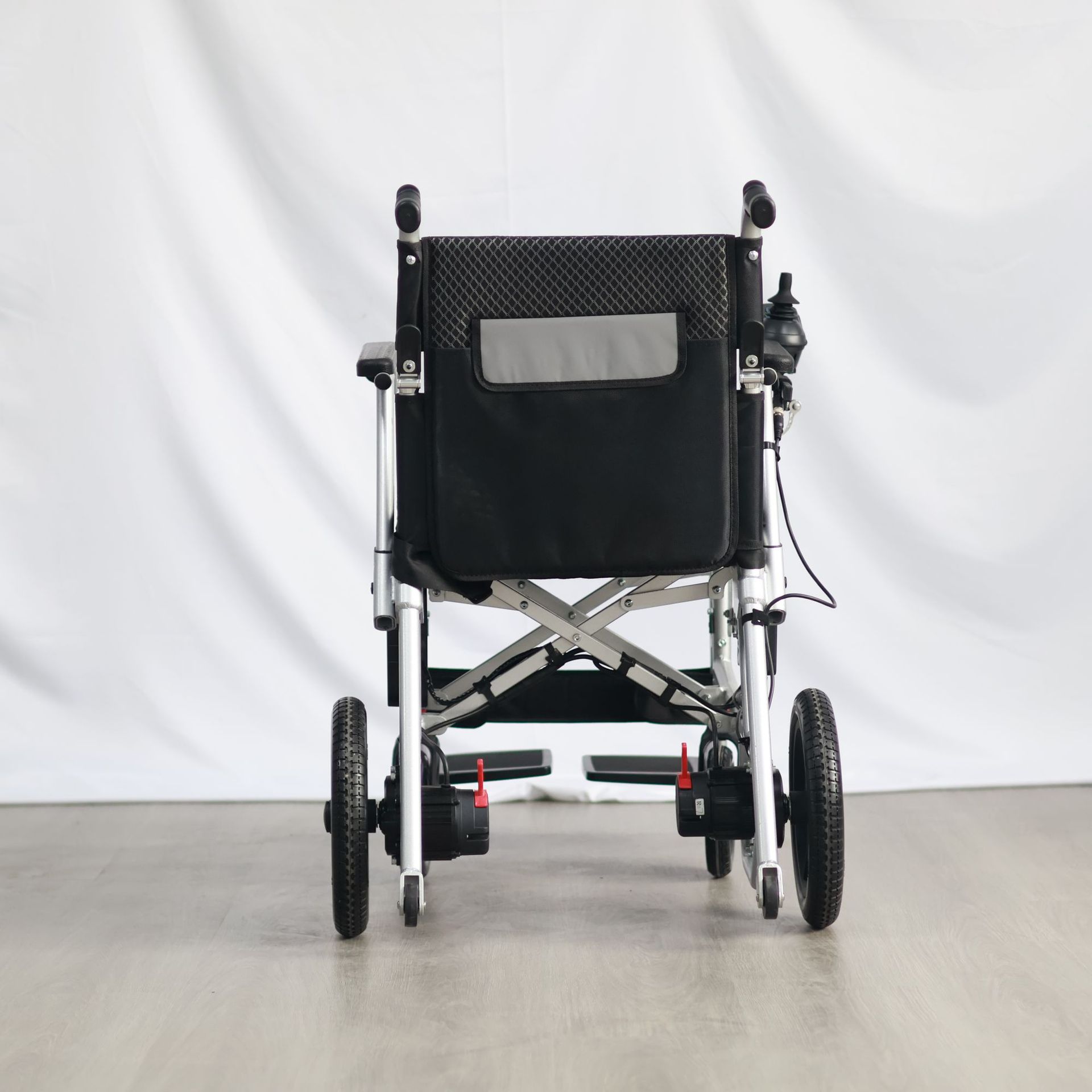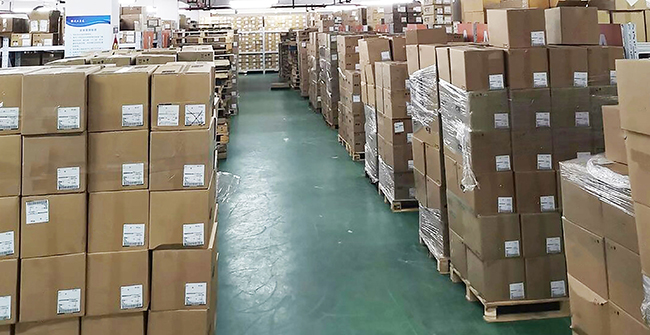In the daily use of computers, sogou input method, as a favorite input tool for many users, has been highly praised for its stability and convenience. However, sometimes we may encounter such a problem: sogou input method suddenly disappears in the system, and no matter how to switch, it can’t be found. In the face of such troubles, don’t worry, this article will provide you with a set of simple and effective solutions, and you can rejuvenate your sogou input method in just three steps.In addition to these aspects, 搜狗输入法下载 The performance in other aspects is also relatively good, which has attracted everyone’s attention and research. https://sougou.tw/
Step 1: Open the input method settings and locate the sogou input method.
First, we need to find and open the input method setting options of the computer. This can usually be achieved by displaying icons through the input method in the lower right corner of the desktop. Right-click this icon, and a menu will pop up, where you can select the “Settings” option. The purpose of this step is to enter the system’s text service and input language setting interface, which is the place to manage all installed input methods.
In the settings window that opens, you will see a list of all installed input methods. In this list, find “sogou Input Method” and select it. Next, click the “Properties” button at the bottom of the window, which will take us to the property setting interface of sogou input method.
Step 2: Use the input method restorer to solve the problem with one click.
In the property setting interface of sogou Input Method, find the option of “Input Method Repairer” from the function area at the lower left. This tool is a self-contained problem diagnosis and repair tool for sogou input method, which can automatically detect and solve various problems that may be encountered in the use of input method.
After clicking “Input Method Repairer”, a new window will pop up with a very eye-catching “one-button repair” button. Click it without hesitation, and the input method restorer will automatically detect and repair the possible problems of sogou input method. This process may take some time depending on the complexity of the problem and the performance of the system.
Step 3: Restart the computer and witness the miracle.
When the input method restorer completes the repair work and prompts that the repair is successful, your task is more than half completed. However, in order to ensure that the repair effect can take effect and the sogou input method can start and work normally, you need to restart your computer.
Restarting the computer is a simple but very important step. It can not only clear the system cache and temporary files, but also ensure that all changes and fixes can take effect in the new system session. Therefore, please wait patiently for the computer to complete the restart process.
tag
Through the above three steps, you should be able to successfully solve the problem that sogou input method disappears in the system. If you encounter any difficulties or questions in this process, you may wish to consult the official help document of sogou Input Method or contact its customer service team for help. Remember, patience and care are the key to solving problems. I hope this tutorial can help you regain the convenience and efficiency of sogou input method!




